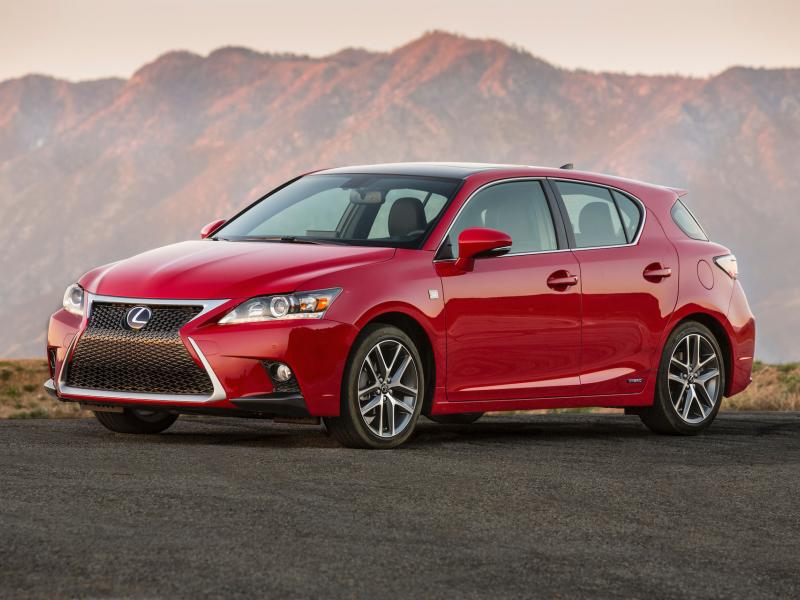How Seatbelts Work
The most obvious safety features are seatbelts, whose use is now compulsory in most western countries. Only the very oldest cars are likely to have static belts which can be very awkward to adjust so that they are close enough to work but not to restrict movement. It may be wise to see if inertia reel belts can be fitted instead. Inertia reel belts roll in and out of a lower reel, which locks on sudden movement so they are largely self-adjusting, though heavily padded clothing can affect this.
Any seatbelt should pass the stress of impact on to your skeleton, not soft tissues, so the lower part must cross the hips and the diagonal should cross the sternum and collarbone. If your belly bulges, or you are pregnant, the lower part must go below the bulge and the upper part must go round it. For women the diagonal passes between the breasts or severe bruising could result.
Modern cars have adjustable upper belt anchorages to help bring the diagonal to the right point on the collarbone. The handbook explains how to do this in your car, though some adjust automatically.
Rear seatbelts
In the back, most cars have inertia reel belts for the outer seats but they may be combined with either a static lap belt in the middle or another three-point inertia reel. A lap belt must go across the hips and be tight enough to stop you quickly without being uncomfortable as you sit. Some three-point centre belts unclip completely from the seat to allow it to fold. These have two buckles, which are sometimes colour-coded. It’s easier to work out which buckle goes where before anyone gets in the back – the one on the end of the belt goes in first, then the one that slides up and down is pulled across just like any other seatbelt.
Rear seatbelts not only protect the person sitting in the back but stop them flying into the people in the front. This is frequently fatal – at just 30 mph the average man hits the front seat as if he weighs the same as an elephant. Incidentally, if you are carrying heavy loads, it is safer to do up the rear belts if nobody is in the back because it supports the seat against the load in a crash (it also stops the buckles rattling).





